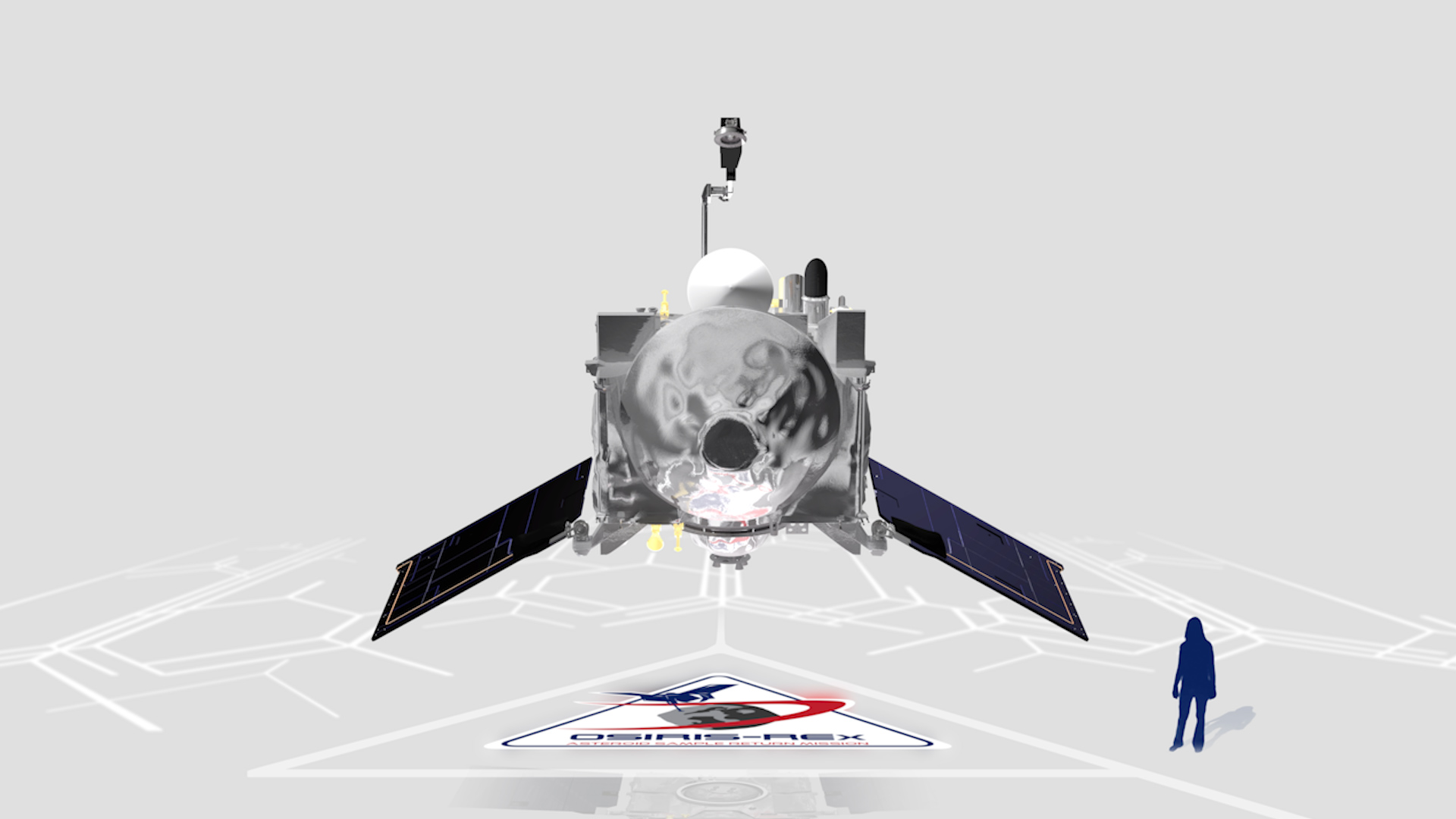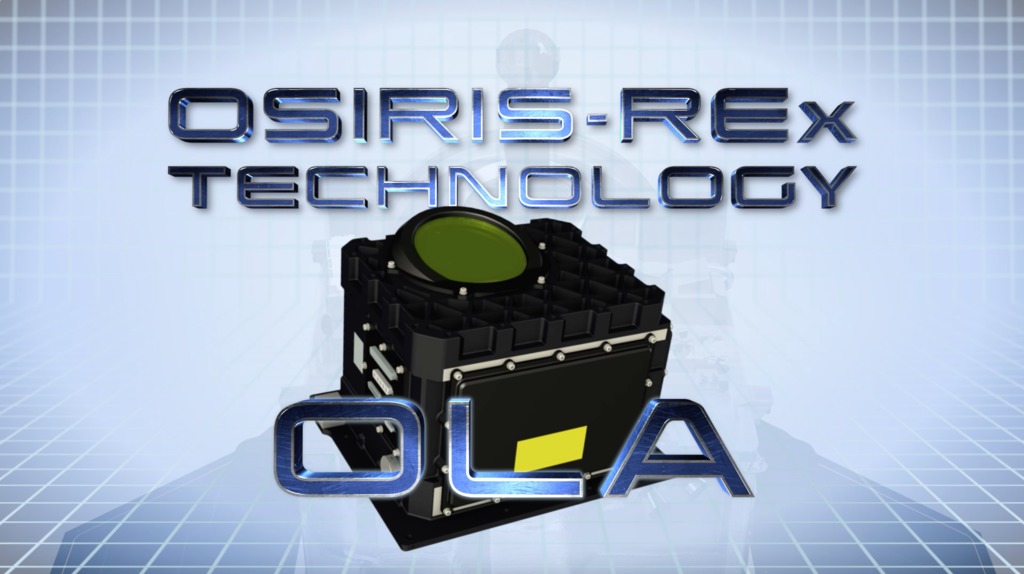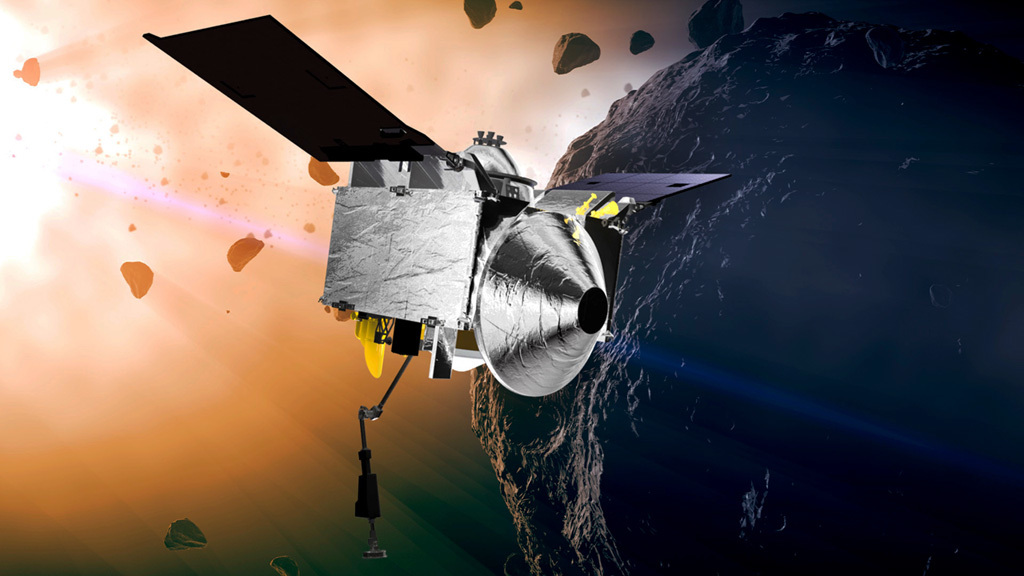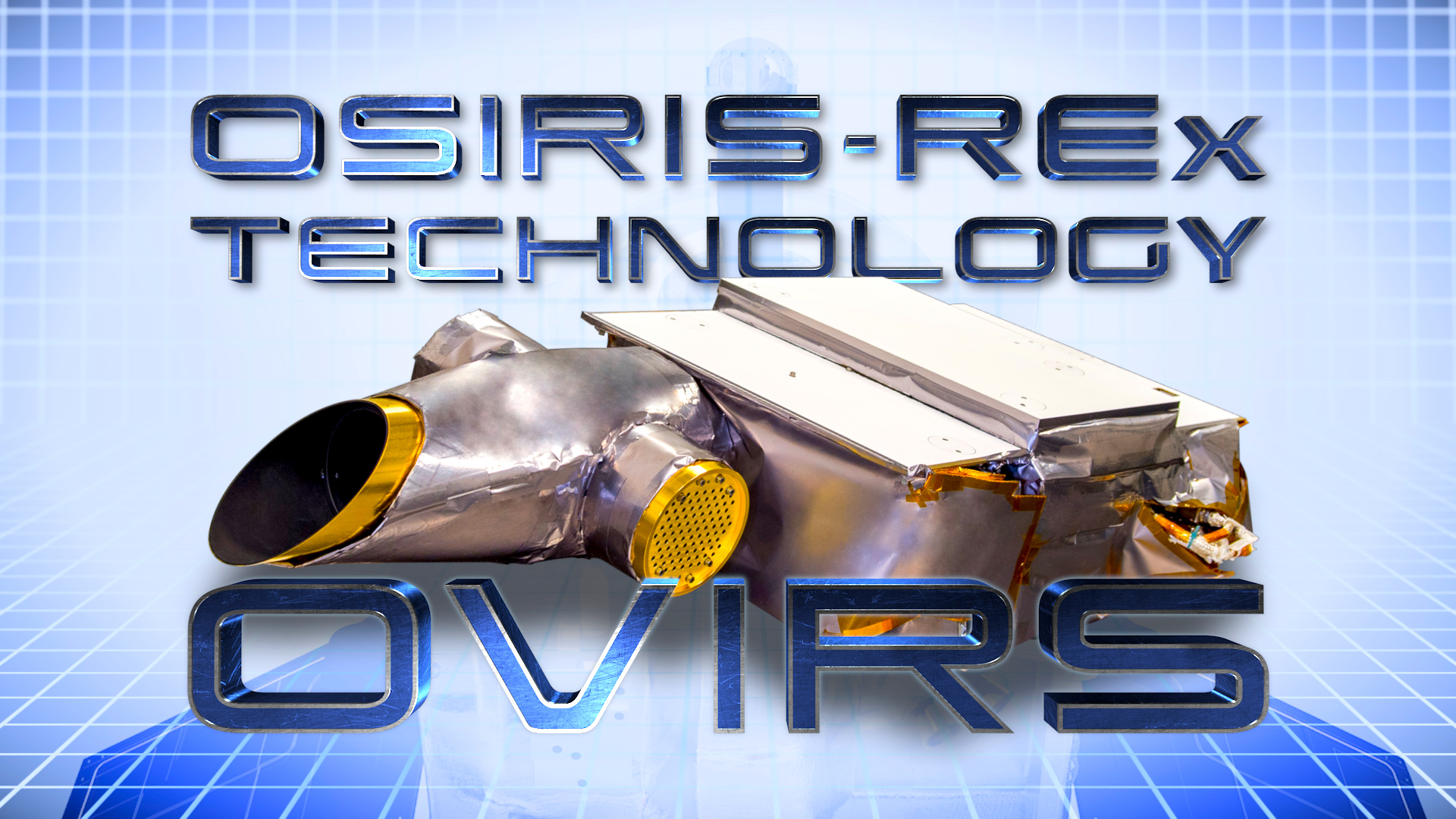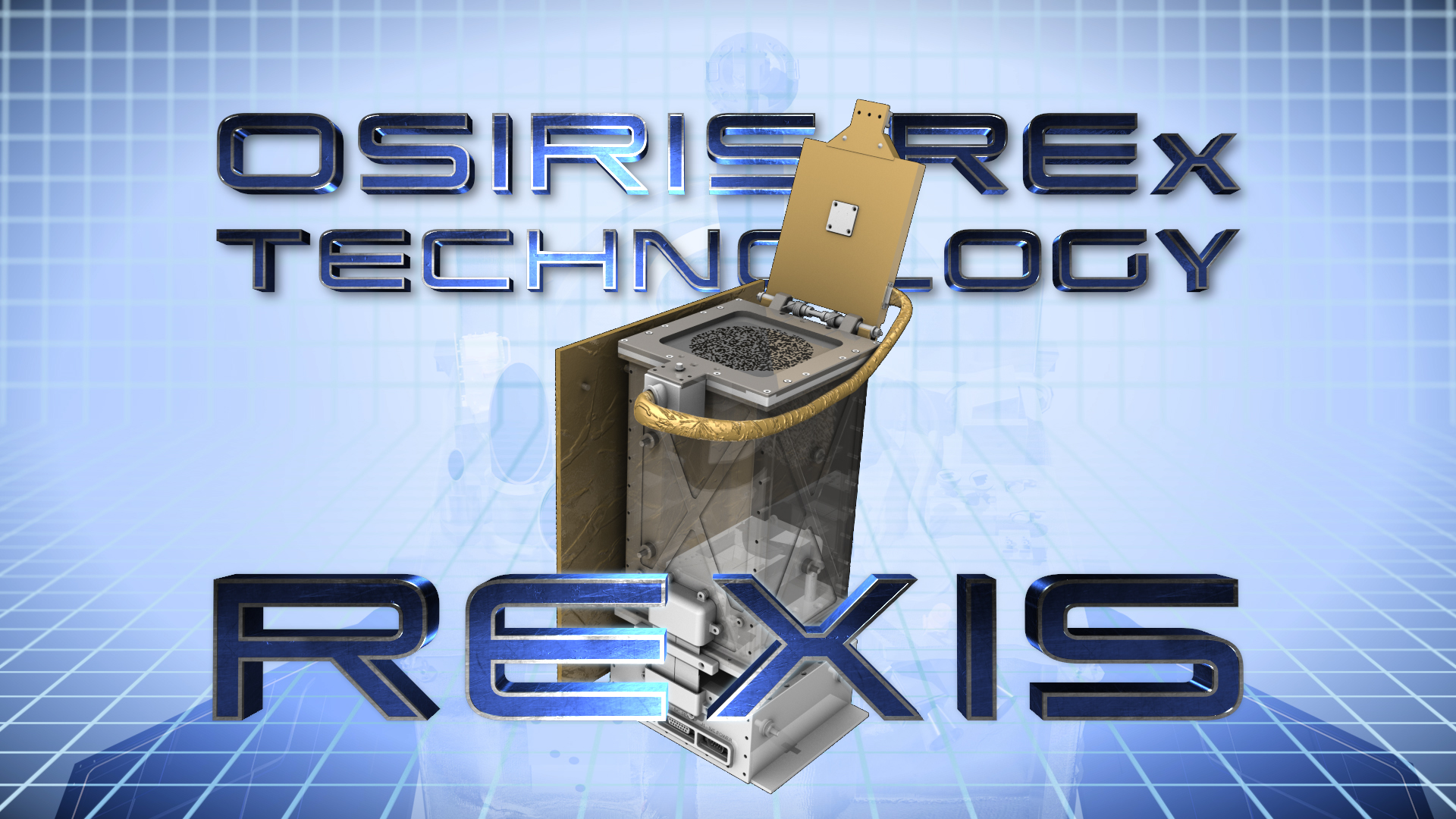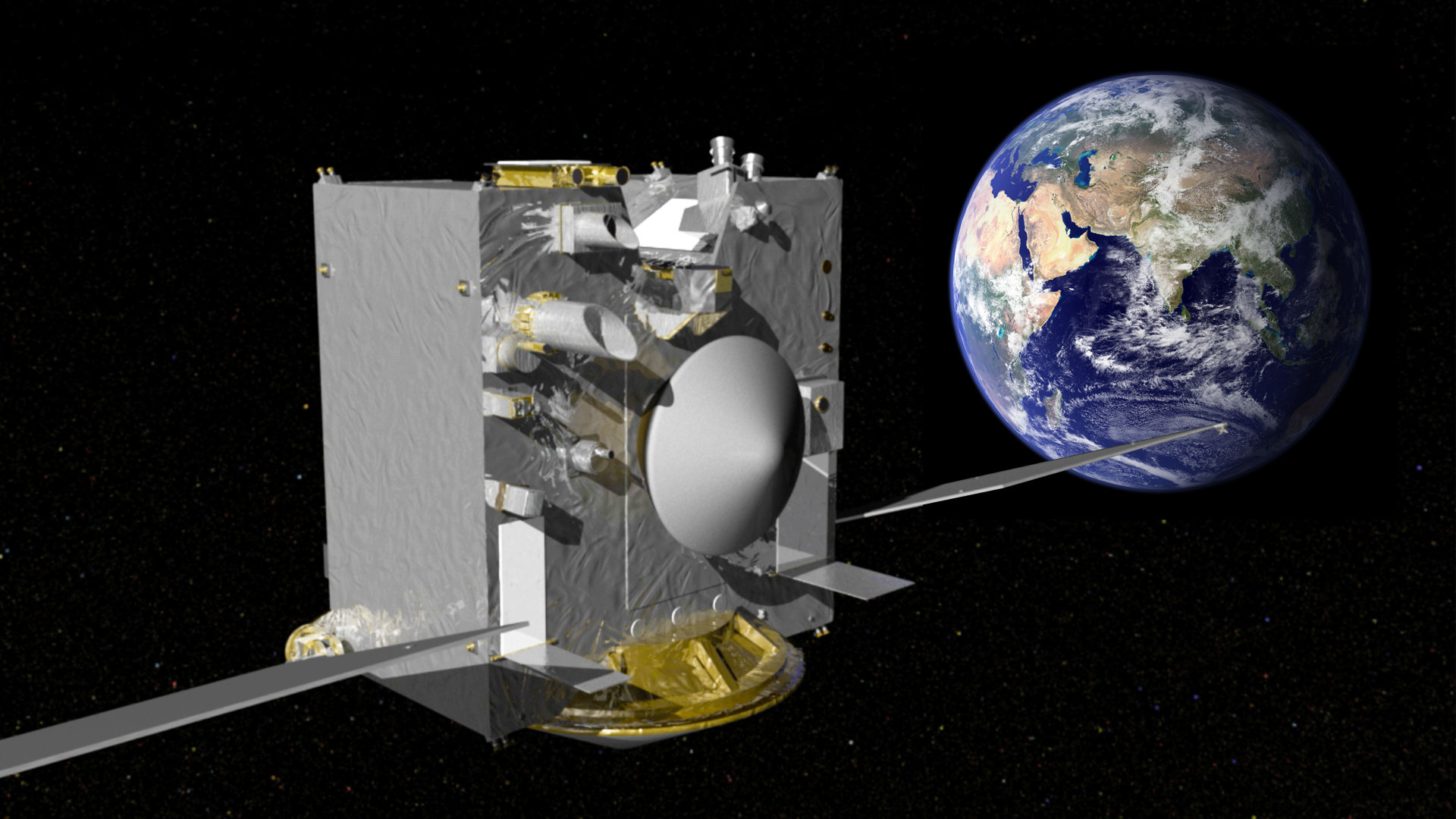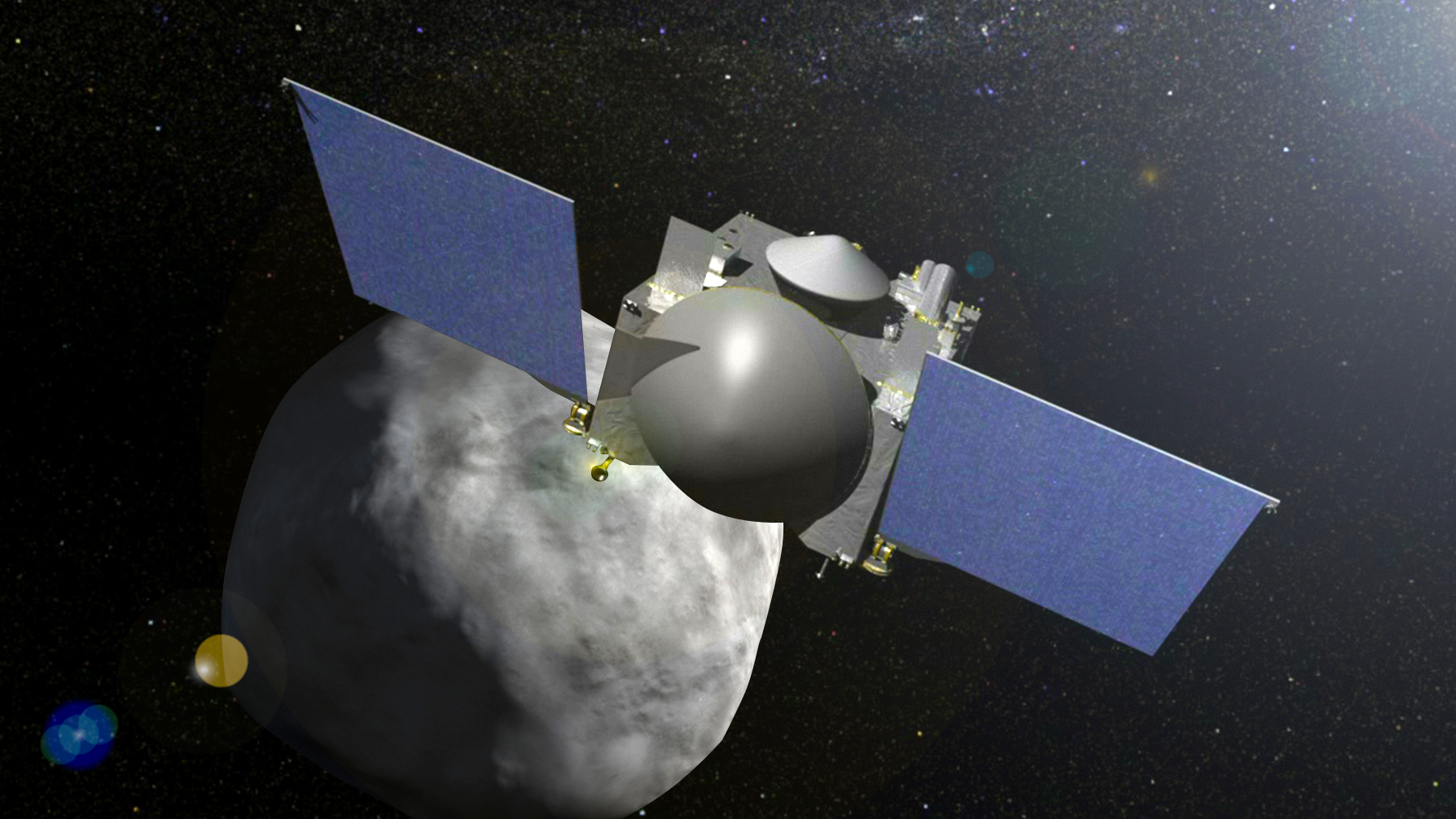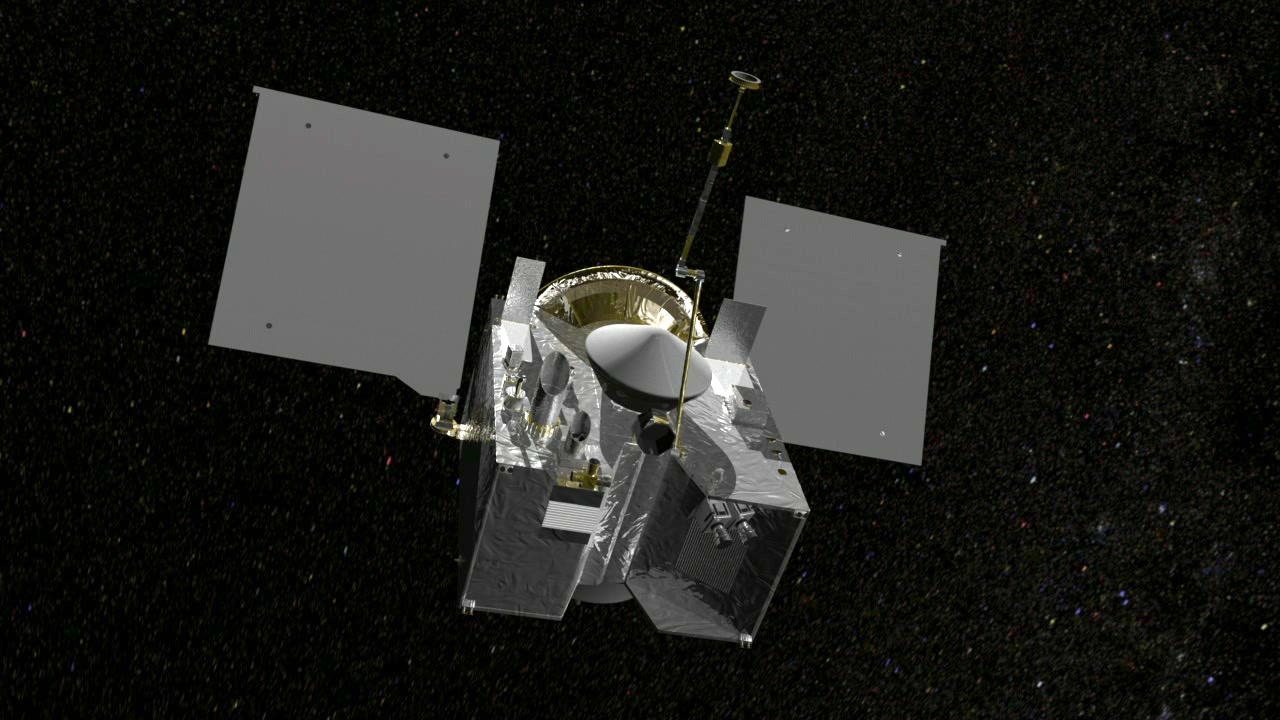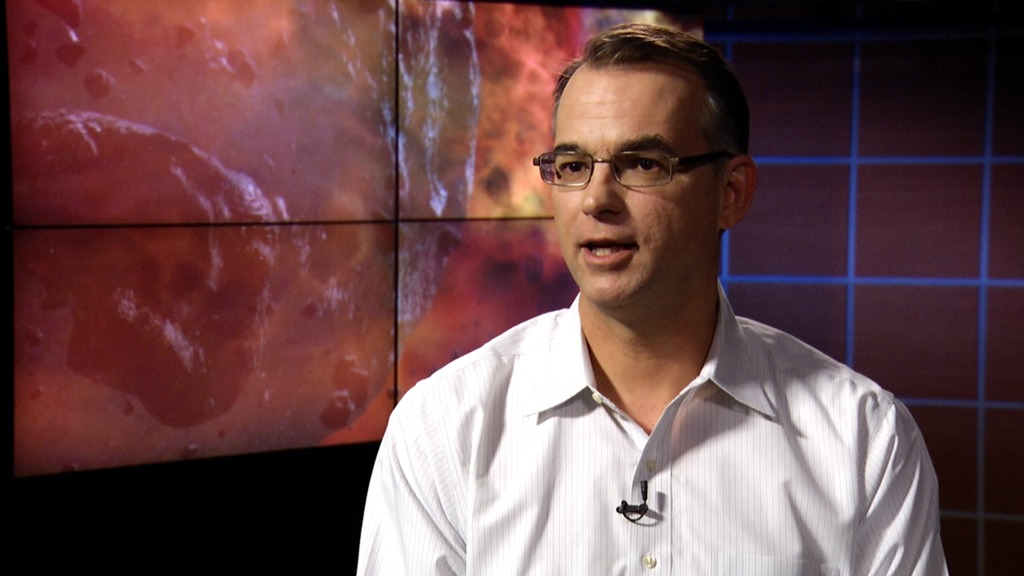NASA's OSIRIS-REx Asteroid Sample Return Mission
Dante Lauretta, the Principal Investigator for OSIRIS-REx, gives an overview of the asteroid sample return mission.
Watch this video on the NASA Goddard YouTube channel.
Complete transcript available.
The OSIRIS-REx mission, launching in September 2016, plans to return a sample of asteroid Bennu to Earth in 2023 so that scientists can study pristine material left over from the early solar system.
Learn more at nasa.gov/osiris-rex and asteroidmission.org.
For More Information
See NASA.gov
Credits
Please give credit for this item to:
NASA's Goddard Space Flight Center
-
Producers
- Katrina Jackson (USRA)
- Dan Gallagher (USRA)
-
Editors
- Katrina Jackson (USRA)
- Dan Gallagher (USRA)
-
Narration
- Katrina Jackson (USRA)
-
Interviewee
- Dante Lauretta (The University of Arizona)
-
Narrator
- Sophia Roberts (USRA)
-
Animators
- Chris Meaney (HTSI)
- Walt Feimer (HTSI)
- Michael Lentz (USRA)
- Chris Smith (Self)
- Tyler Chase (USRA)
-
Videographers
- Rob Andreoli (Advocates in Manpower Management, Inc.)
- John Caldwell (Advocates in Manpower Management, Inc.)
Release date
This page was originally published on Friday, April 29, 2016.
This page was last updated on Wednesday, May 3, 2023 at 1:48 PM EDT.
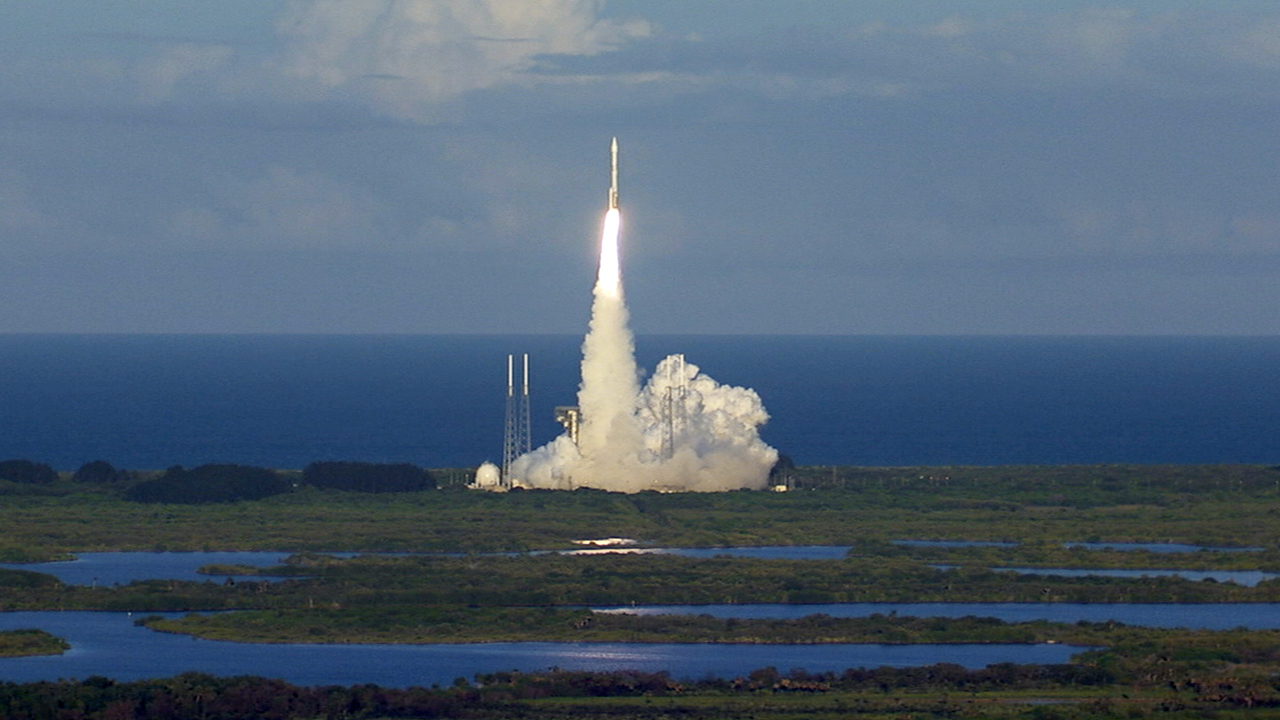
![To Bennu and BackMusic credits: "Defenders of the Earth" and "Finding Gaia" by Daniel Jay Nielson [ASCAP]; Atmosphere Music Ltd PRS; Volta Music; Killer Tracks Production Music](/vis/a010000/a012300/a012360/ToBennuAndBack_thumbnail.jpg)
